Health
Walmart Raises Wages for Some Pharmacists and Opticians

The News
Walmart, the nation’s largest private employer, said on Wednesday that it was increasing the wages for 7,700 of its pharmacists and opticians, as it expands its health business and seeks to retain the workers in a competitive environment.
The retailer said the raise would push the average annual salary of the more than 3,700 pharmacists affected to more than $140,000. Walmart declined to share the current salary rate, saying it was based on location and role.
It said the opticians could now “expect” to make an average hourly wage of more than $22.50. According to the Bureau of Labor Statistics, the mean annual wage for a pharmacist in the United States is $129,410 and the mean hourly wage for opticians is $21.58.
Walmart employs 16,000 pharmacists and 12,000 opticians overall.
The company also said it was starting a program in which associates who worked in its Vision Center could receive certification and licensing as a way to move into higher-paying positions.
“We’ve listened to our associates and taken their feedback about how their work environment needs to improve,” Brian Setzer, Walmart’s executive vice president of health and wellness, said on Wednesday at the retailer’s annual shareholder meeting.
Why It Matters: Pay matters in a competitive labor market.
This year, Walmart raised wages for workers across its business as a way to compete for talent. Inflation is affecting not only its shoppers, but also its employees. And the job market continues to be robust, giving workers more options. In January, Walmart reduced its pharmacy hours as it grappled with a tight labor market.
That same month, the company said it was increasing its minimum wage for store workers to a range of $14 to $19 an hour, up from $12 to $18. Its average wage is still not as high as some competitors, like Costco.
Last year, it also raised wages for pharmacy technicians working for Walmart and Sam’s Club to an average of over $20 an hour and promised more frequent raises.
For years, Walmart faced pressure from unions, policymakers and activists to increase its pay for workers in its stores. Because of its scale, Walmart’s recent move to boost pay could signal to the rest of the retail industry that companies still need to provide more incentives for workers to stay competitive in the labor market.
Background: Walmart sees its health business as a way to drive growth.
Walmart opened its first health center in 2019. By providing health care services, the retailer is seeking to gain a deeper foothold in the communities where it operates and grab a bigger share of the billions of dollars Americans spend on medical care each year.
It currently has 32 health centers in the United States, with plans to have more than 75 by the end of next year.
“Strong growth” in its health and wellness category helped drive an increase in the company’s comparable sales for its most recent quarter, John David Rainey, Walmart’s chief financial officer, said this month.
At the same time, there is a shortage of pharmacists across the country. After three years at the front line of helping to battle the coronavirus, a significant number of pharmacy workers burned out and left the industry. In the coming years, the industry is expected to expand more slowly than the national average for other industries, according to a 2021 job outlook report by the Bureau of Labor Statistics. The report said most of the openings would “result from the need to replace workers who transfer to different occupations or exit the labor force.”
What’s Next: Expect more Walmart updates.
This week, Walmart’s executives, store associates and suppliers are gathered in Bentonville, Ark., for the retailer’s annual shareholder meeting.
The company is expected to explain its vision for the year ahead, giving updates about its consumer base, technological innovations and store remodels. Its health business will most likely be a topic of interest for investors and analysts.

Health
Second American contracts bird flu tied to dairy cows as CDC says risk of infection still low

CDC issues alert over bird flu case
Fox News medical contributor Dr. Marc Siegel on what to know about bird flu and why it is important to not look directly at the solar eclipse without proper glasses
The Centers for Disease Control and Prevention (CDC) announced Wednesday that a second H5N1 bird flu case has been identified by officials.
A 55-year-old Michigan dairy worker became ill after working with H5N1-infected cattle, the CDC said in a press release. While an upper respiratory tract sample tested negative, a specimen from his eye confirmed the H5N1 bird flu infection.
A Texas farm worker was diagnosed with the disease in March. Both the Michigan and Texas patients suffered from conjunctivitis, or pink eye. Neither showed signs of a respiratory infection.
“Conjunctivitis (eye infection) has been associated with previous human infections with avian influenza A viruses and is part of the current CDC case definition for A(H5N1) surveillance,” the CDC explained in a Wednesday press release.
VIRAL ‘HOSTAGE TAPE’ SLEEPING TREND GAINS STEAM AS DOCTORS WARN OF POTENTIAL DANGERS
At least two farm workers have been infected with H5N1 bird flu this year. (iStock)
“While it’s not known exactly how eye infections result from avian influenza exposures, it may be from contamination of the eye(s), potentially with a splash of contaminated fluid, or touching the eye(s) with something contaminated with A(H5N1) virus, such as a hand.”
The Texas case marked the first human case of H5N1 bird flu in the United States. Globally, it was the first time a human caught H5 bird flu from a cow.
The United States Department of Agriculture (USDA) has found that at least 49 dairy herds across nine states have been exposed to H5N1. On Wednesday, the CDC maintained that the health risk that H5N1 bird flu poses to humans is still low.
THREE WOMEN — AGES 41, 55 AND 64 — SHARE THEIR SECRETS TO BETTER HEALTH AND LONGEVITY
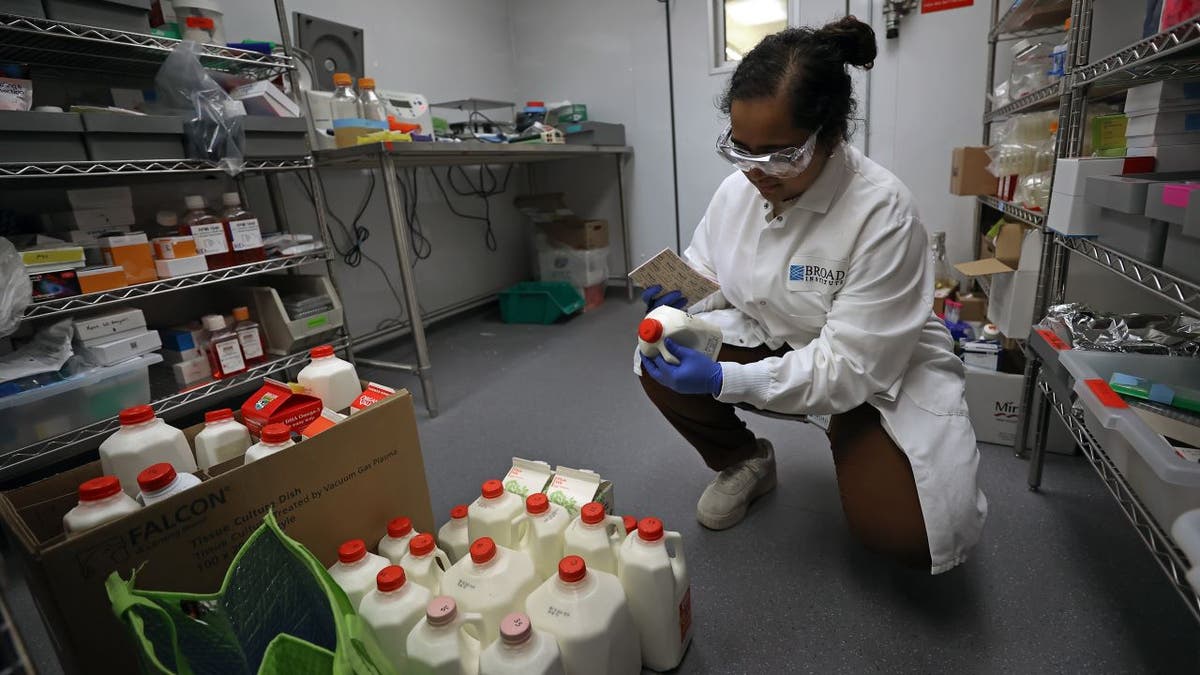
Fatinah Albeez, a research associate with the Broad Institute’s Sabeti lab, works with milk samples in May 2024. (David L. Ryan/The Boston Globe via Getty Images)
“Based on the information available, this infection does not change CDC’s current H5N1 bird flu human health risk assessment for the U.S. general public, which the agency considers to be low.,” the CDC said. “However, this development underscores the importance of recommended precautions in people with exposure to infected or potentially infected animals.”
Officials are still monitoring the outbreak, but maintain that pasteurized milk is safe to drink.
“I can say without reservation that our commercial milk and meat supplies are safe,” USDA official Eric Deeble said during a briefing on May 16. “At no time were animals that are sick from H5N1 or any other animal disease permitted to enter into our food supply.”
CLICK HERE TO SIGN UP FOR OUR HEALTH NEWSLETTER
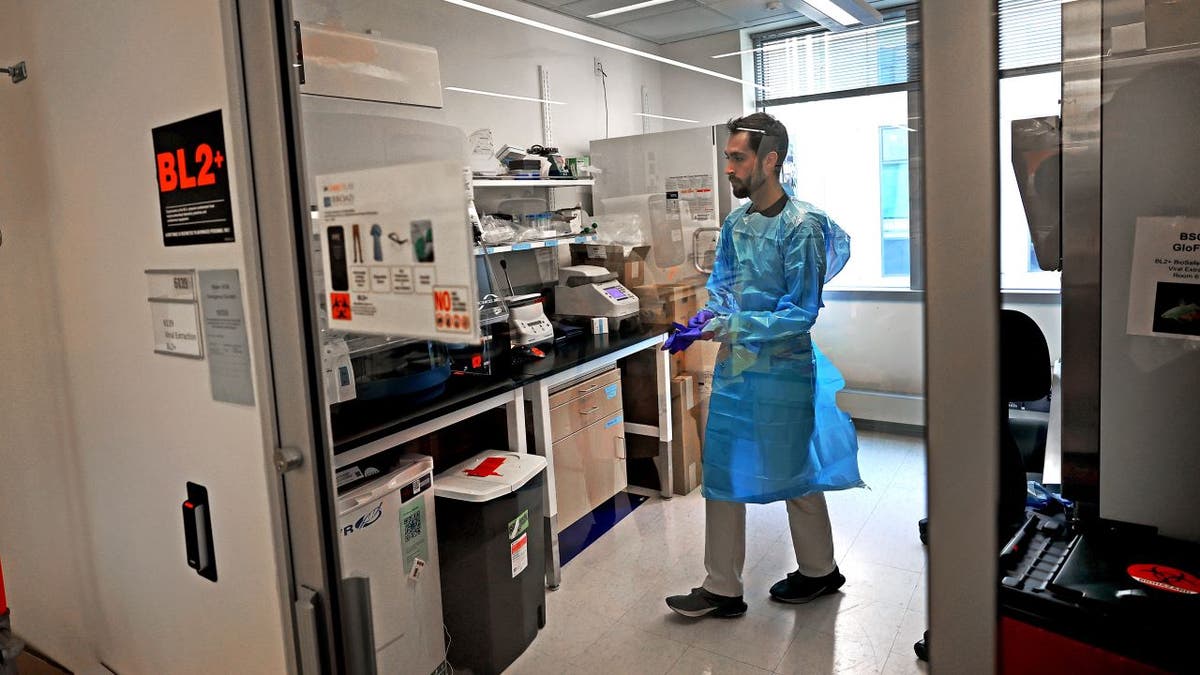
Jon Arizti Sanz, PhD, Postdoctoral Fellow working in the lab to test bird flu samples in May 2024.
The CDC is encouraging Americans to avoid exposure to dead animals and animal waste. Officials also discourage drinking raw milk.
“Following these recommendations is central to reducing a person’s risk and containing the overall public health risk,” the organization advised.
Fox News Digital’s Melissa Rudy contributed to this report.
For more Health articles, visit www.foxnews.com/health.
Health
Heart attacks during election year, plus lupus myths and life support decisions

People with high stress sensitivity, anxiety or depression are at a “significantly higher heart attack risk” during periods of social or political stress, a study found. (Lorenzo Bevilaqua/ABC via Getty Images; iStock)
STRESS TEST – Heart attack risk spikes for some people during periods of stress, such as election seasons, a new study found. Continue reading…
IRREVERSIBLE DECISIONS – Many patients who died after traumatic brain injuries may have survived and recovered if their families had waited to take them off life support, a new study found. Doctors react. Continue reading…
‘NOT A DEATH SENTENCE’ – For Lupus Awareness Month, a lupus expert debunks 7 common myths about the autoimmune disease. Continue reading…

Dr. Brooke Goldner, a board-certified medical doctor and an autoimmune professor at Cornell University, pictured at right, is committed to debunking lupus myths and misconceptions. (iStock/Dr. Brooke Goldner)
CHEW ON THIS – “Is it dangerous to swallow gum?” In our Ask a Doc column, a gastroenterologist explains the risk. Continue reading…
NIGHTMARISH SYMPTOMS – Those who experience vivid nightmares and odd hallucinations might have an underlying autoimmune disease, a new study suggests. Continue reading…
LIVING LONGER – For Women’s Health Month, three mothers at three different stages of life shared how they are defying age through simple lifestyle practices and interventions. Continue reading…

Left to right, Julie Gibson Clark, Amy Hardison and Lil Eskey shared the lifestyle habits that help them slow down biological aging. (James Lee, Amy Hardison, Lil Eskey)
NEW HOPE – Paralyzed participants in a trial saw “significant improvement” in their hand and arm function after receiving spinal cord simulation. Continue reading…
CHEMICAL CULPRITS – Americans may be breathing in cancer-causing chemicals while driving, recent research suggests. Doctors weigh in on the potential risk. Continue reading…
CAUTIONARY TALES – This May, for Skin Cancer Awareness Month, two melanoma patients are sharing their stories of how they overcame this invasive form of the disease. Continue reading…

Abby Weiner, pictured at left and at right with her husband and sons, was diagnosed with melanoma in Oct. 2023. (Abby Weiner)
FOLLOW FOX NEWS ON SOCIAL MEDIA
YouTube
SIGN UP FOR OUR NEWSLETTERS
Fox News First
Fox News Opinion
Fox News Lifestyle
Fox News Health
Fox News Autos
Fox News Entertainment (FOX411)
DOWNLOAD OUR APPS
Fox News
Fox Business
Fox Weather
Fox Sports
Tubi
WATCH FOX NEWS ONLINE
Fox News Go
STREAM FOX NATION
Fox Nation
Health
Spinal cord treatment restores function for paralyzed patients in study: ‘New hope’
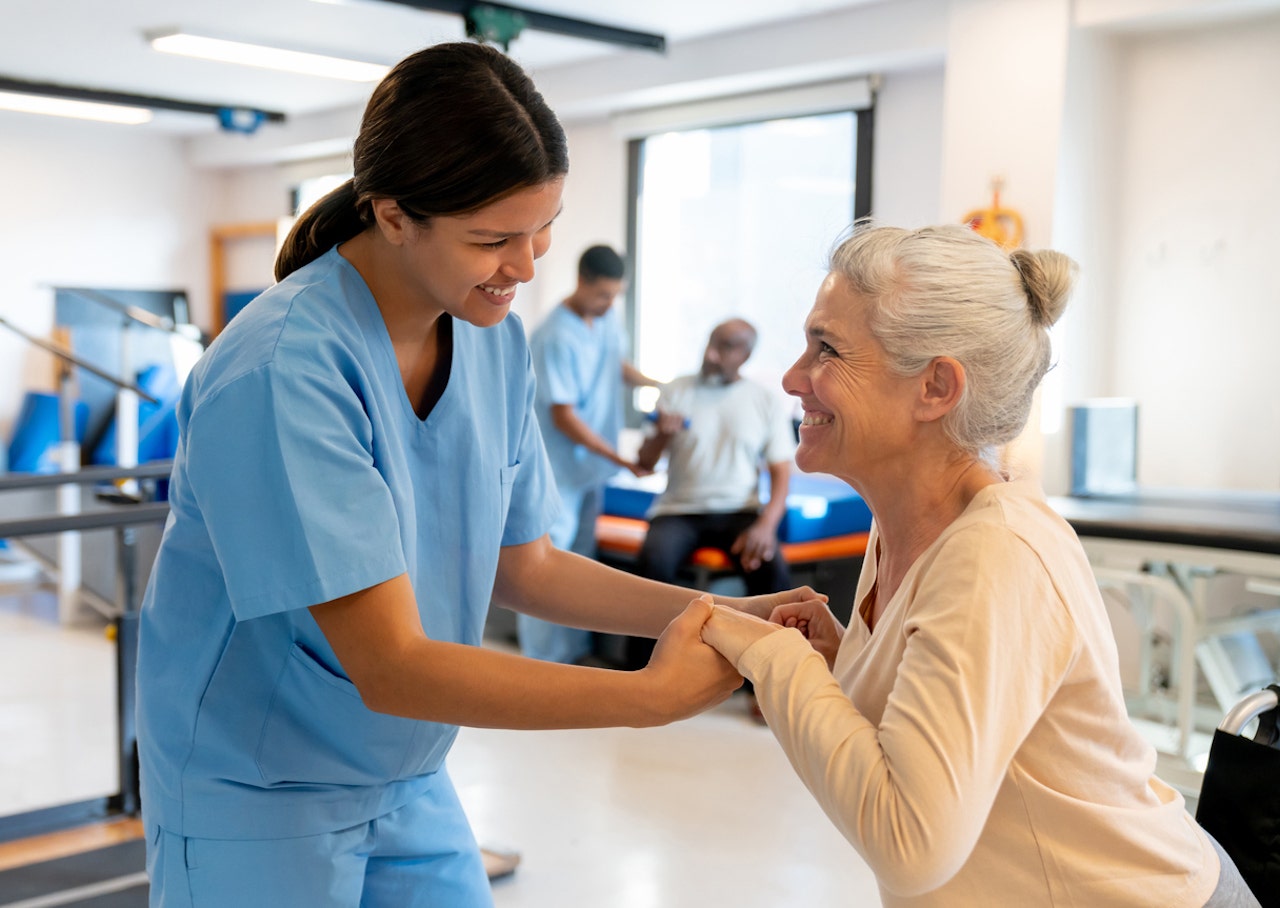
Ninety percent of paralyzed patients regained strength or function in their upper limbs after receiving an experimental therapy, a new study found.
After receiving spinal cord simulation from ONWARD Medical’s ARC-EX system, the participants saw “significant improvement” in their hand and arm function, according to a press release.
The study, published on Monday in Nature Medicine, included 65 participants at 14 leading spinal cord injury centers in the U.S., Europe and Canada.
MANY FAMILIES TAKE PATIENTS OFF LIFE SUPPORT TOO SOON AFTER TRAUMATIC BRAIN INJURIES: STUDY
The participants received non-invasive electrical stimulation of the spinal cord using ARC-EX, and then researchers gauged the safety and effectiveness of the system.
Improvement was seen even in people whose injuries occurred up to 34 years ago, the release stated.
After receiving spinal cord simulation from ONWARD Medical’s ARC-EX system, the participants saw “significant improvement” in hand and arm function, according to a new study. (Nature Medicine)
“When a person suffers a spinal cord injury, after two to three months of rehabilitation, they are sent home and told there is nothing further that can be done,” Dave Marver, CEO of ONWARD Medical, told Fox News Digital.
The company is global; its main headquarters is in The Netherlands.
AS OZZY OSBOURNE ANNOUNCES STEM CELL THERAPY, EXPERTS URGE CAUTION, HIGHLIGHT RISKS
“This week’s publication in Nature Medicine heralds a new era in spinal cord injury care. The Up-LIFT trial demonstrated that ONWARD ARC therapy can restore strength and function of the hands and arms up to 34 years after a spinal cord injury.”
“This is a game-changer for the spinal cord injury community and their loved ones.”

Improvement was seen even in people whose injuries occurred up to 34 years ago, the release stated. (iStock)
The trial results far exceeded the researchers’ expected 50% response rate — giving “new hope” to people with SCI, noted lead study author Chet Moritz, Ph.D., professor of electrical and computer engineering and rehabilitation medicine at the University of Washington, in the release.
After two months, more than half the paralyzed participants regained enough “grasp force” to lift up a filled cup, pick up an item with a fork or insert a key, according to Moritz.
“This is a game-changer for the spinal cord injury community and their loved ones.”
“This indicates not only improved strength and function, but also the potential for greater independence with ARC-EX Therapy,” he said.
Additional benefits included reduced muscle spasms, improved sleep and a greater sense of touch in the upper body, the release said.
Eighty-seven percent of the participants reported having an improved quality of life after receiving the therapy.
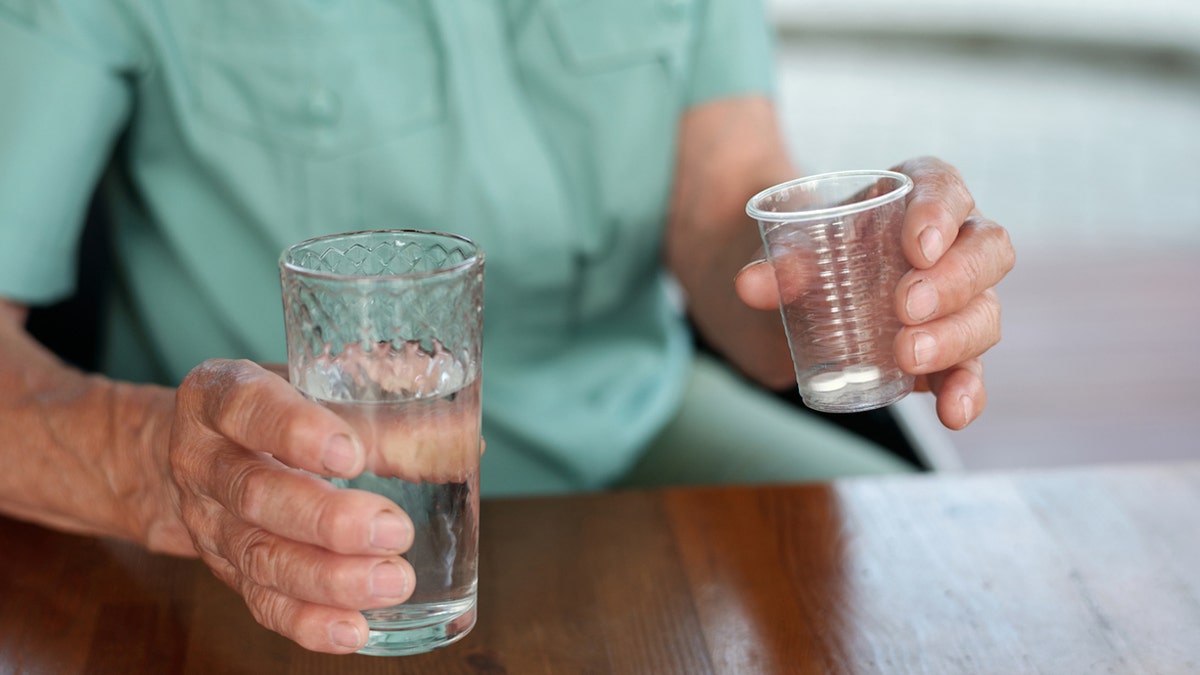
After two months, more than half of the paralyzed participants regained enough “grasp force” to lift up a filled cup, the study noted. (iStock)
“Improvement in arm and hand function is among the highest priorities for people with tetraplegia (paralysis in the upper and lower body) who have endured far too long without effective therapies for functional recovery,” Marver, the company CEO, said in the release.
“The findings published in Nature Medicine provide critical and compelling evidence that ARC-EX has the potential to restore independence in daily activities and improve [the patients’] quality of life.”
‘LIQUID GOLD’ COULD BRING NEW HOPE TO MULTIPLE SCLEROSIS PATIENTS, STUDY SUGGESTS: ‘PROFOUND BENEFIT’
Dr. Marc Siegel, clinical professor of medicine at NYU Langone Medical Center and a Fox News medical contributor, was not involved in the trial but commented on the results.
“This has been tried for many years with reports that it helps, but it has not yet gone mainstream in patients with upper and lower spinal cord paralysis,” he told Fox News Digital.
“Improvement in arm and hand function is among the highest priorities for people with tetraplegia.”
“This small study in a very prominent journal is very encouraging in terms of some return of upper extremity function,” Siegel continued.
“It warrants further study and more universal use in these patients.”
It’s possible that this type of spinal cord stimulation could be combined with the increasing use of other brain and spine interfaces to restore function, the doctor added.
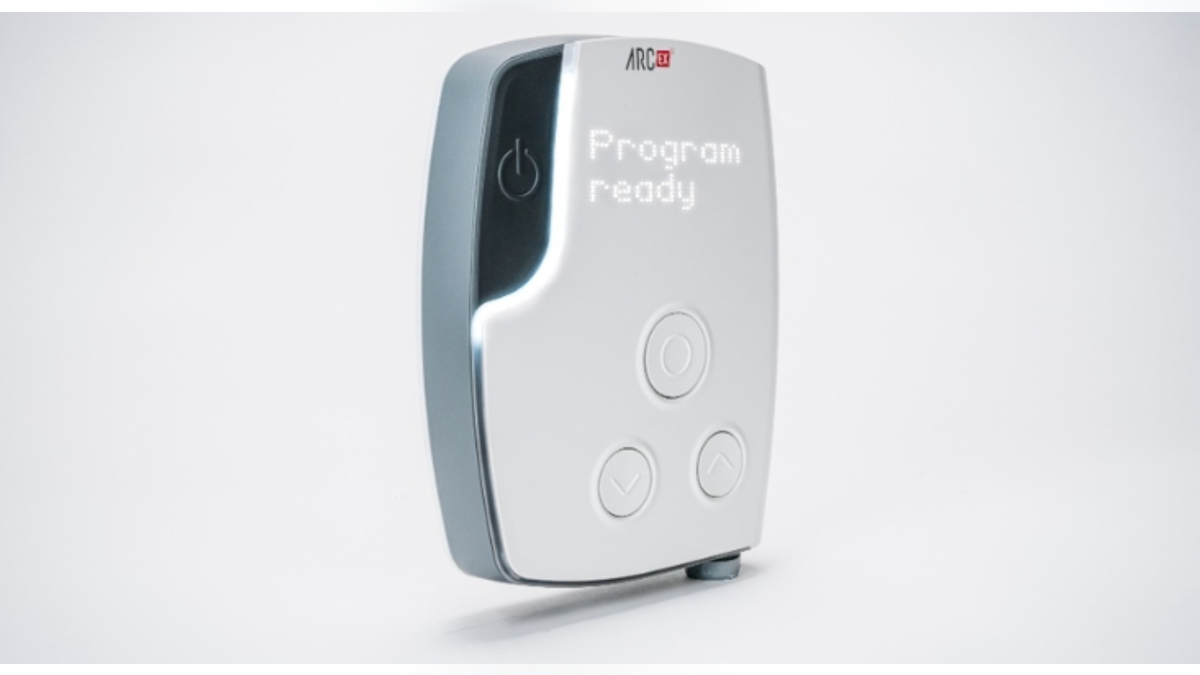
ONWARD Medical’s ARC-EX system, pictured here, performs non-invasive electrical stimulation of the spinal cord. (ONWARD Medical)
John Hinson, M.D., an orthopedic surgeon in Florida, was also not involved in the study but shared his insights on the findings.
“Patients with incomplete quadriplegia can be left with weakness and muscle spasm, as well as sensory changes that can cause significant loss of function,” he told Fox News Digital.
CLICK HERE TO SIGN UP FOR OUR HEALTH NEWSLETTER
Traditional treatments for these injuries have included physical therapy, he noted, but results can be limited.
“Review of the trial results shows that by two months of use, over half of the patients showed significant functional improvement in activities such as grasping and pinching required for basic daily tasks,” Hinson said.
“If these results can be predictably achieved, it would greatly improve the lives of patients with spinal cord injuries that resulted in incomplete quadriplegia.”
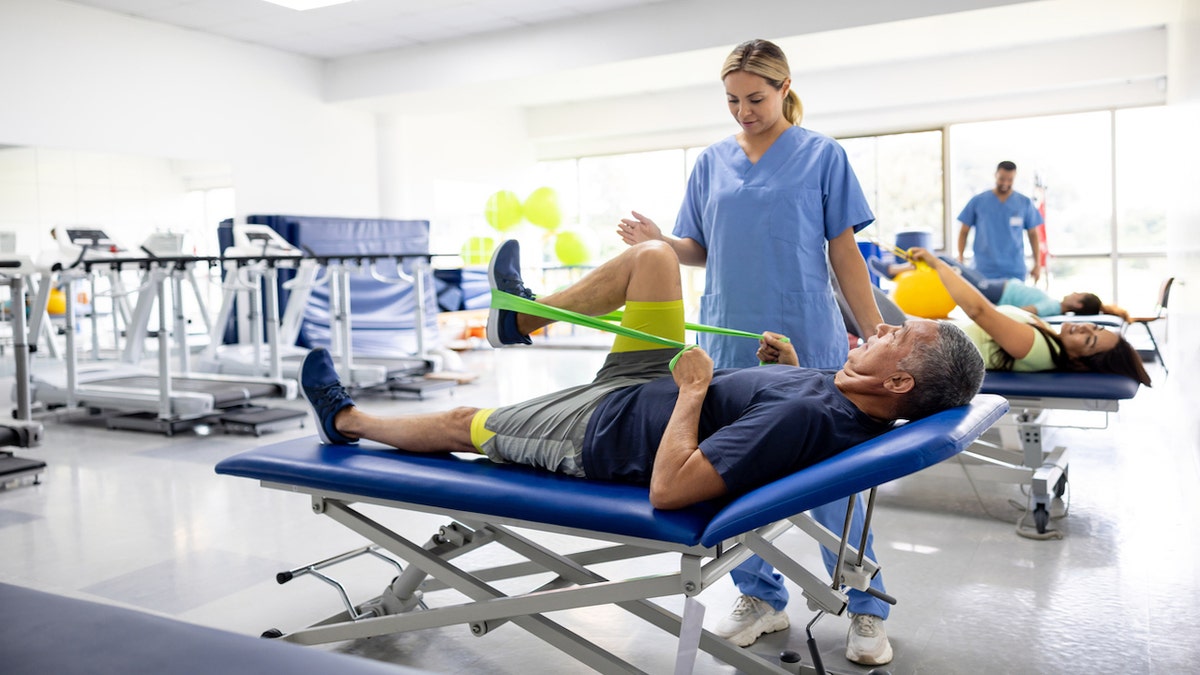
Traditional treatments for these injuries have included physical therapy, but results can be limited, one doctor noted. (iStock)
This could potentially be a “big factor” in the treatment of these patients, according to Hinson.
ONWARD has submitted an application to the U.S. Food and Drug Administration (FDA) to gain approval for the ARC-EX system, with clearance expected later this year.
“We are laser-focused on our commitment to bringing this first-of-its-kind technology to the SCI community as soon as possible,” Marver said.
The ARC-EX System will require a prescription from a qualified health care professional once it is cleared for use, according to the company.
For more Health articles, visit www.foxnews.com/health.
-

 News1 week ago
News1 week agoNevada Cross-Tabs: May 2024 Times/Siena Poll
-

 World1 week ago
World1 week agoPro-Palestinian university students in the Netherlands uphold protest
-

 Politics1 week ago
Politics1 week agoReports of Biden White House keeping 'sensitive' Hamas intel from Israel draws outrage
-

 Politics7 days ago
Politics7 days agoSouthern border migrant encounters decrease slightly but gotaways still surge under Biden
-

 Politics1 week ago
Politics1 week agoWhite House walks diplomatic tightrope on Israel amid contradictory messaging: 'You can't have it both ways'
-

 Politics1 week ago
Politics1 week agoDem newcomer aims for history with primary win over wealthy controversial congressman
-

 World1 week ago
World1 week agoSlovakia PM Robert Fico in ‘very serious’ condition after being shot
-

 Politics1 week ago
Politics1 week agoNY v. Trump trial resumes with 'star witness' Michael Cohen expected to take the stand















